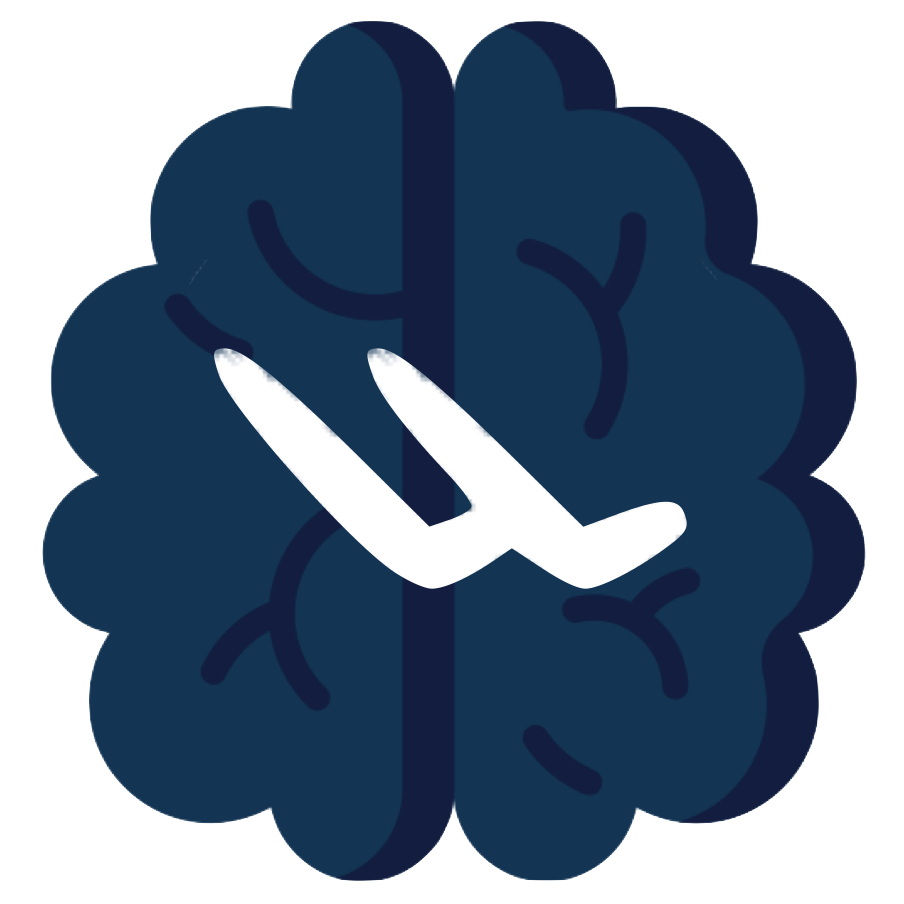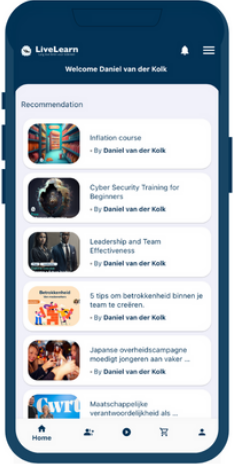
Artikel
16
januari
2024: The Year of Skills
The new challenges and opportunities for talent acquisition and development teams that emerged in 2023 will continue to inflate in 2024, including an increased demand for data science, artificial intelligence (AI), and machine learning skills. Research from ServiceNow and Pearson found that 5.9 million new U.S. tech jobs will be needed by 2027 to deploy emerging technologies, which will require reskilling for many existing employees.
C-suite executives are already addressing the skills challenge head on. According to Strategic CHRO360 Q4 index of U.S. CHROs, 66 percent of U.S. CHROs plan to increase hiring in 2024. And many organizations are embracing a skills-based approach to talent acquisition and development using a skills intelligence platform to underpin it all.
3 Trends to Watch
Here are three trends we can expect in hiring, learning, and development this year:
- An increased urgency to upskill and reskill employees.
According to KPMG, 75 percent of workers believe AI will impact their jobs in the future. Employees are highly tuned into the risks and opportunities and are becoming more vocal in their ask for support in learning and developing the skills needed to deliver in the future.
And they are willing to say “farewell” if they can’t get the support and access at their current organization. According to LinkedIn’s 2023 Workplace Learning Report, the opportunity to do challenging work, grow within a company, and learn and develop new skills are three of the top five factors that drive people to consider a new job.
Leaders have talked about skills for years. Most organizations know they’re sitting on talent gold, but traditional competency models haven’t allowed them to effectively tap into that talent. At the same time, technology historically hasn’t kept pace. Skills databases were outdated as soon as they were built; systems were disconnected and clunky; and experiences were fragmented and frustrating.
In 2023, we saw the technology to support a skills-first strategy catapult onto the market, thanks to the AI capabilities gaining tremendous traction in the last 12 to 18 months. With skills intelligence as a foundation, HR leaders will double down in 2024 on intelligent learning and development strategies to address the growing skills gap and meet employee expectations.
And it will pay off for the organizations who get this right. According to the Deloitte Human Capital Trends Report, organizations with a skills-based approach are 98 percent more likely to retain high performers.
- Generative AI will reshape learning and development.
Thinking back to late 2022, the arrival of ChatGPT sparked conversations across business and consumer audiences. We saw more activation in 2023, which was a year marked by experimentation, innovation, and refinement. Companies began testing generative AI in a real way and exploring how it could boost productivity. The consensus? It has the potential to be a game-changer.
In 2024, HR leaders will incorporate generative AI more strategically, not just for hiring but for learning and development, too. Imagine a personalized coach that understands employees’ skills, knows how they like to learn, and addresses knowledge gaps. It’s not just tech talk; it’s about tailoring learning experiences.
And leaders will focus on what employees expect—workplace learning that’s as easy and engaging as their daily lives. The demand for the type of ease and personalization that comes from consumer apps will continue to grow in employees’ professional experience.
Organizations are gearing up to make these expectations a reality. Generative AI will personalize content, while skills intelligence systems identify and addresses skills gaps. Digital platforms will act as the glue that holds it all together, connecting disparate apps and data and delivering the training an employee needs at the moment they need it.
This isn’t just about making things look good; it’s a shift in how we approach learning and growing at work. Generative AI, working with its tech counterparts, isn’t just boosting engagement; it’s leading the way for better performance and positioning organizations for success. In 2024, it’s not just a promise; it’s a real change, bringing in a year where work and learning fit together smoothly.
- Embracing the evolution of the workforce.
According to McKinsey, “Workers have shown a willingness to change career paths, while a tighter labor market has encouraged companies to hire from broader applicant pools.”
This tells us that the world of work—including how employees view their career and how organizations hire and retain top talent—has fundamentally shifted. The old, traditional ways of doing things will not be coming back.
An employee’s career journey will be less linear than ever, with skill intelligence opening up many career corridors and options for employees while allowing employers to fish from a much larger pond of talent. This dynamic is opening new doors for employees and employers alike, which is incredibly exciting for those of us who play in the talent space. Powered by technology, skills-based learning and development closes the critical skills gap companies battle today.
Companies can deliver the training and resources required to meet organizational goals and boost employee performance. And if leaders can assess talent based on their skills and capabilities rather than their experience alone, it opens the doors for non-traditional talent by eliminating traditional barriers to entry.
Opportunity is knocking, and everyone wins if we get this right.
What's your reaction ?
Follow us on Social Media
Some Categories
Recent posts

November 22, 2024
Loonkosten 2025: hier kun je als werkgever op rekenen

November 20, 2024
Books Article

November 19, 2024
Hoe Aristoteles nu zorgt voor impactvolle communicatie

November 16, 2024
Loonkosten 2025: hier kun je als werkgever op rekenen

November 09, 2024
Dit betekent het regeerakkoord voor jou als ondernemer

 Inloggen
Inloggen
 Registreren
Registreren






Comments (0)
No reviews found
Add Comment